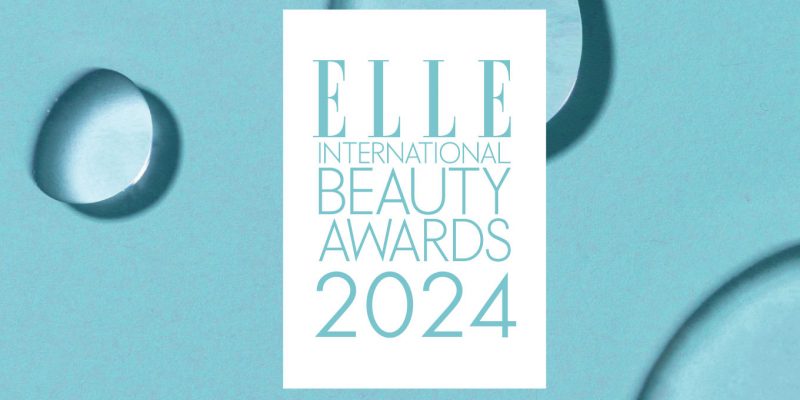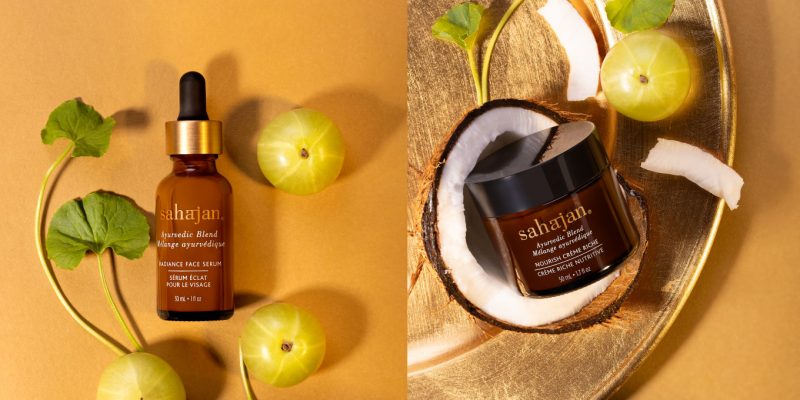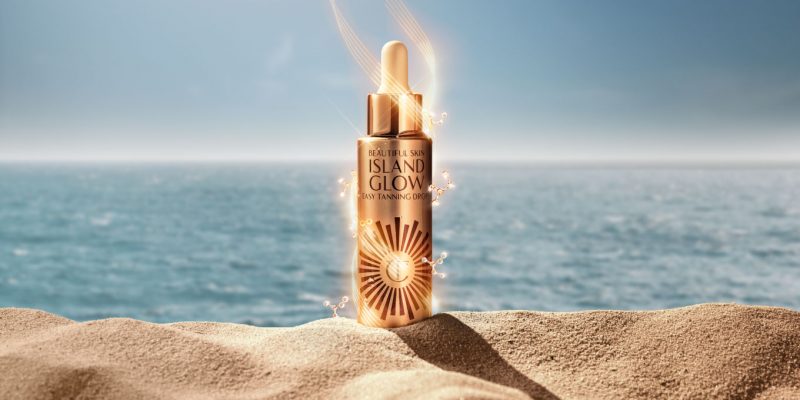Health & Fitness
Is the Wellness Industry Too White?
For writer and health expert Marie-Philippe Jean, the answer is clear. She spoke with the founders of The Villij, an inclusive platform for women of colour, to find out more.
by : Marie-Philippe Jean- Feb 17th, 2021

KENYA MEON
The Black Lives Matter movement has had an immense impact on me. Aside from helping to shine a glaring light on the biases in our society, it has made me look at my own industry and, inevitably, the pronounced whiteness of wellness studios both here and abroad. I used to organize fitness camps for hundreds of women from across Quebec; we’d run in the woods and practise yoga by the St. Lawrence River. I would lead groups in Montreal every week. The purpose of these events was always the same: to bring together like-minded women who want to take care of their bodies and connect with themselves through physical movement—a goal that I naively thought of as inclusive and unifying. I now see very clearly that the vast majority of the women who attended were white. Since tough conversations are often the most important ones to have, I reached out to Kim Knight and Shanelle McKenzie, founders of The Villij, a Toronto-and Montreal-based wellness community specifically designed to help women of colour connect, heal and expand.
What experiences in the worlds of sports and wellness made you want to build a community for women of colour?
SHANELLE MCKENZIE: “When I was in my 20s, I took a road trip from New York to Los Angeles to visit studios and try different classes. Everywhere I went, I kept thinking the same thing: ‘This place isn’t for me. Nobody here looks like me.’ One time during a yoga class, the instructor didn’t know how to touch my hair when she was trying to correct my posture. A Black teacher would have known how to touch my extensions. I felt like I could never go back to that place.”
KIM KNIGHT: “I have had similar experiences. After spending years exploring different options, I found that nothing was sticking. In Montreal, Toronto and New York—cities known for their diversity—the situation was the same: I was often the only woman of colour in a class that was led by a white woman.”
How do you think we came to create wellness spaces where only white women feel welcomed and accepted?
KNIGHT: “The branding of a place plays a big role. The image of the women chosen to promote a studio, the photos selected for social media—every image becomes a clue as to the type of clientele the establishment is looking for. If there are no women of colour, it sends the message that they’re not welcome. And you don’t have to look far. Type ‘yoga’ into Google and the results are all white women—even though the roots of yoga are Asian.”
MCKENZIE: “It’s not just the branding. We also need to hire women of colour. Making an effort to be inclusive isn’t just about having them be seen—you also need to pay them and encourage their work.”
The Villij leads discussions and offers TrapSoul Yoga classes that are reserved for women of colour. Why are these necessary?
KNIGHT: “Wellness communities become safe spaces where people can take care of their mental and emotional health. Women of colour experience racial trauma that’s unique to their situation. By coming together, they learn to share their stories with others and they can start to heal and discover the power of self-expression.”
Where can we start if we want to create a space where all women feel cared for and seen for who they are?
MCKENZIE: “When you work in wellness, you’re serving a community, so it’s important to ask yourself who the members of that community are, what their current needs are and how you can address them properly. We can answer these questions by educating ourselves, by going beyond our friend groups to choose a studio and by being open to what every woman has to say.”
To learn more about The Villij’s digital events and to support its activities and foundation, visit thevillij.com or follow it on Instagram @thevillij.
Read more:
Gwyneth Paltrow’s Goop Launches Its First-Ever Vibrator on Valentine’s Day
Sexual Pleasure Has Never Been so Accessible, Stylish, and, Most of All, Normal
15 Clean Beauty and Wellness Staples to Give Your Routine a Boost in 2021
Newsletter
Join our mailing list for the latest and biggest in fashion trends, beauty, culture and celebrity.
Read Next

Fashion
H&M's Latest Designer Collab With Rokh Just Dropped (And It's So Good)
We chatted with the emerging designer about the collaboration, his favourite pieces and more.
by : Melissa Fejtek- Apr 18th, 2024

Culture
5 Toronto Restaurants to Celebrate Mother’s Day
Treat your mom right with a meal at any of these amazing restaurants.
by : Rebecca Gao- Apr 18th, 2024

Culture
This University Elevates Women to New Professional Heights
You shouldn’t have to pause your life to move forward in your career.
by : ELLE Canada- Apr 16th, 2024




